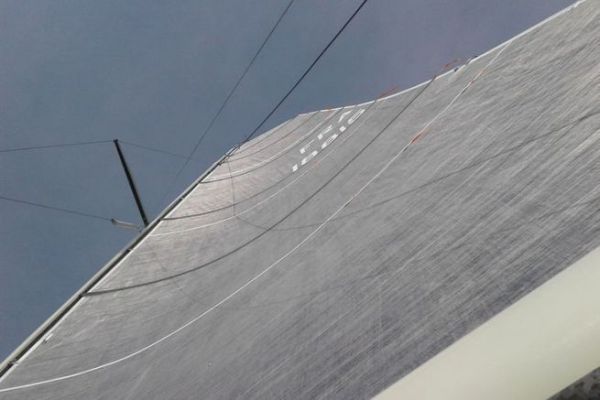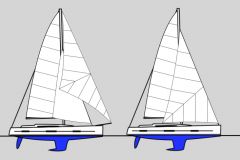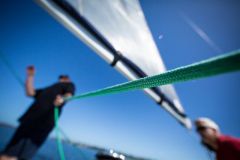1 - The shape of the mast
The shrouds hold the mast in place but let's not forget that they also give it a shape. This is called mast bending. By bending the mast, therefore giving it a curved shape, we will erase part of the hollow of the sail and reduce the power. In light winds, for example, we'll make the mast straighter than in the breeze.
How to do this?
- On a 2-stage spreader mast, the intermediate shrouds (D2) will modify the handlebars
- On a 1-storey spreader mast, the lower shrouds (D1) will modify the handlebars
- The backstay that pulls the mast head backwards allows the mast hanger to be increased in height
Do not hesitate to try to adapt your mast to the shape of your mainsail, which changes with the seasons
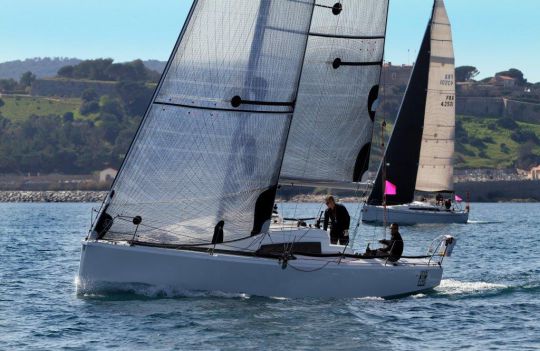
2 - The halyard and the Cunningham
The halyard is not only used to establish the sail, it also allows the position of the hollow of the sail to be changed. On many sailboats she works jointly with the Cunningham, one pulling the sail up and the other down.
The effect of this tension on the luff does not really reduce the trough but prevents it from retreating, or allows it to move forward. In addition, a high tension of the halyard opens the fall and releases power.
Halyard tension is a fast and effective way to work on the trough. So the more the wind rises, the more the halyards are tightened and vice versa.
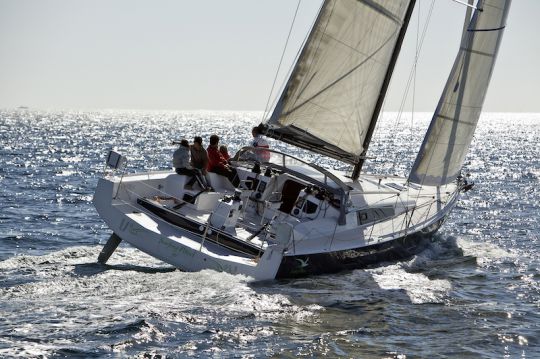
3 - The border
The edge extends along the boom. Tightening the edge erases the volume on the lower quarter of the mainsail.
So, the more the wind rises, the more the edge is stretched and vice versa. It is often a simple and effective way to reduce or increase power

 /
/ 